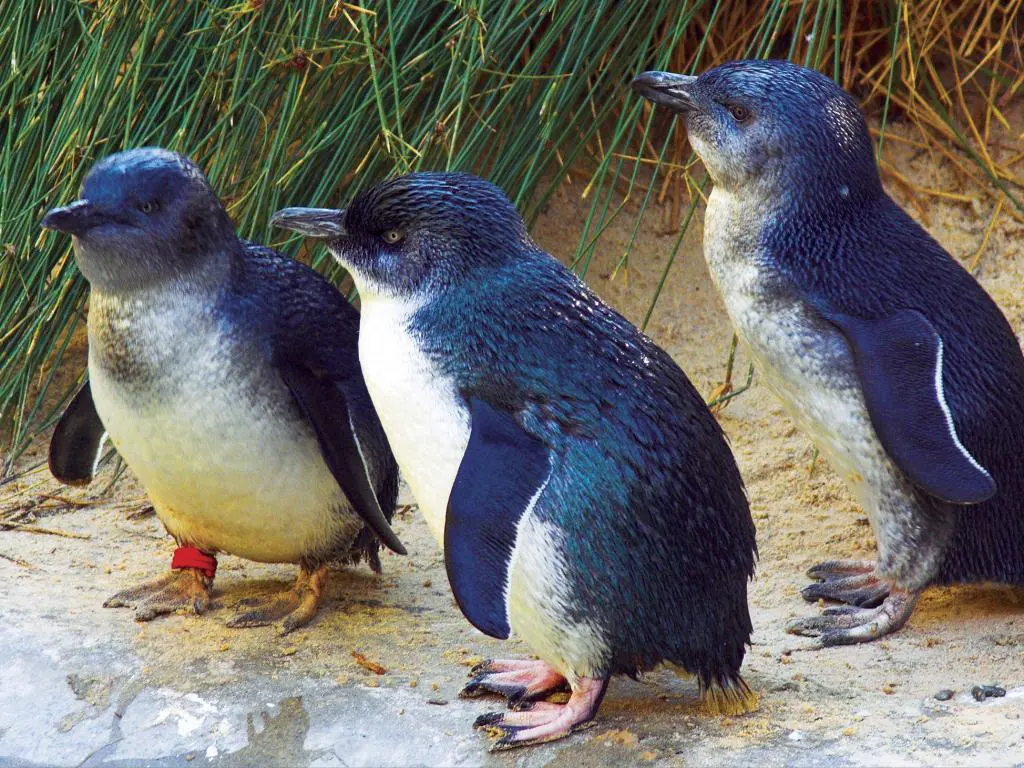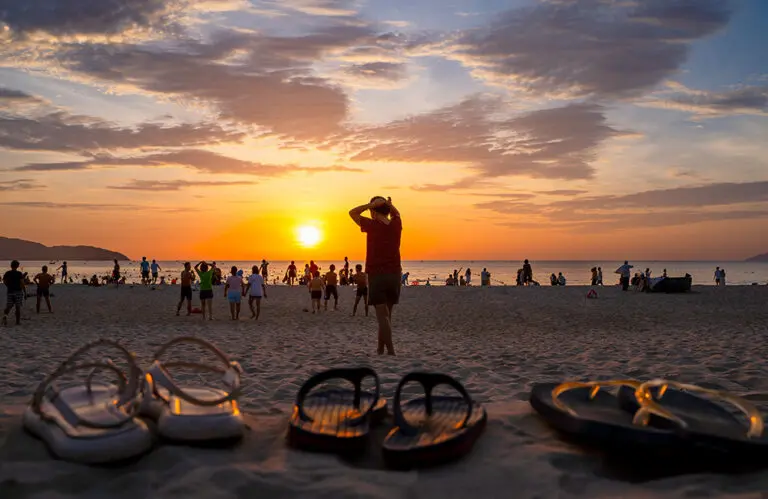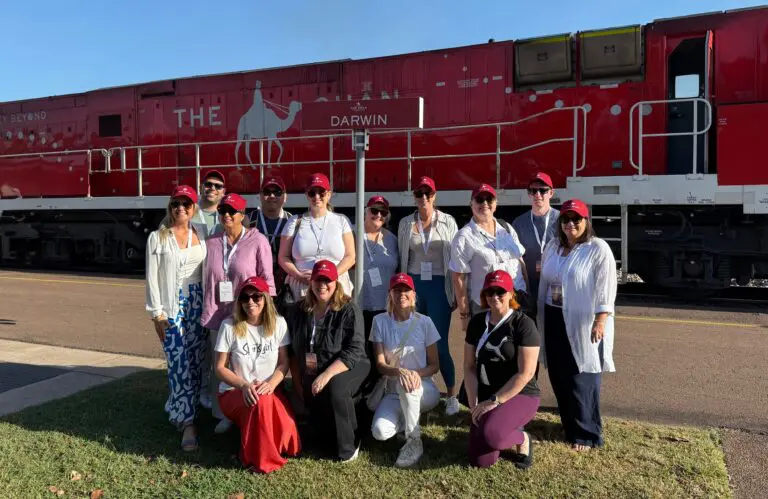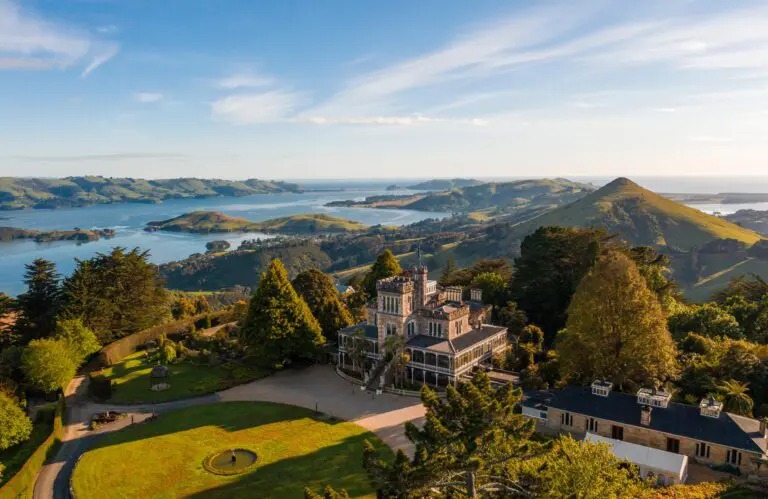Australia is brimming with unique species found nowhere else in the world. We take a look at the best way to experience Australian wildlife.
80 percent of our mammals, almost 90 percent of our reptiles and about half our birds are unique to Australia. Yes, you can see a good number of them in zoos but the best way to experience them is in their natural habitat.
Here are 10 of the best ways for responsible encounters with Australian wildlife.
1. Lady Elliot Island, Queensland
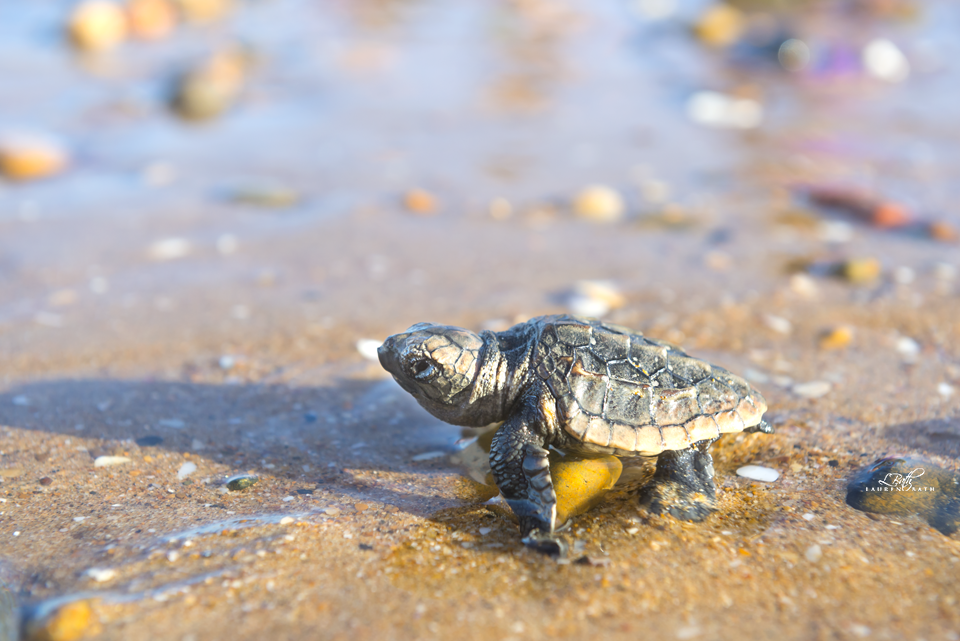
Overnight visitors to Lady Elliot Island‘s simple cabins can view green turtles, loggerheads and the occasional hawksbill clamber on land to nest (November-March), laying up to 100 eggs per clutch.
If you’re patient and have a healthy dose of luck, you may also be able to see a horde of hatchlings flip their way along the beach back to sea (January-May). Staff will be able to provide you with turtle watching guidelines and tips.
2. Ningaloo Marine Park, Western Australia
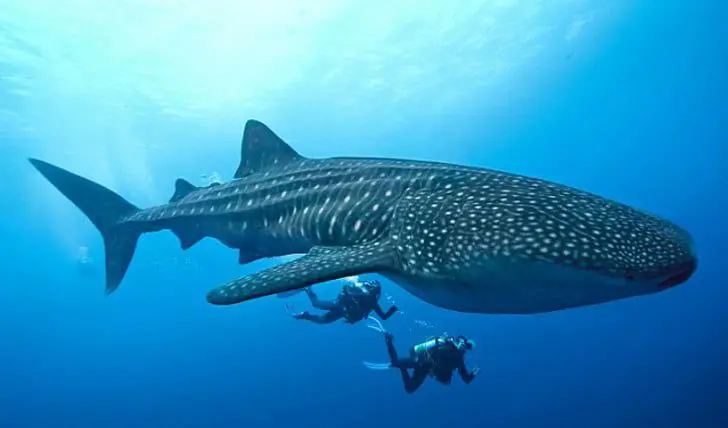
Go to Ningaloo Marine Park between March and July where whale sharks appear following the mass coral spawning. Operators in Exmouth and Coral Bay run whale shark adventures that lets you swim with these magnificent creatures.
The whale shark is the world’s largest fish and can grow up to 18m in length. Luckily they only use their 3000 tiny teeth to eat plankton. There are however some rules to abide by to keep the threatened species safe and of course yourself from the shark’s multi-tonne body.
3. Eungella National Park, Queensland
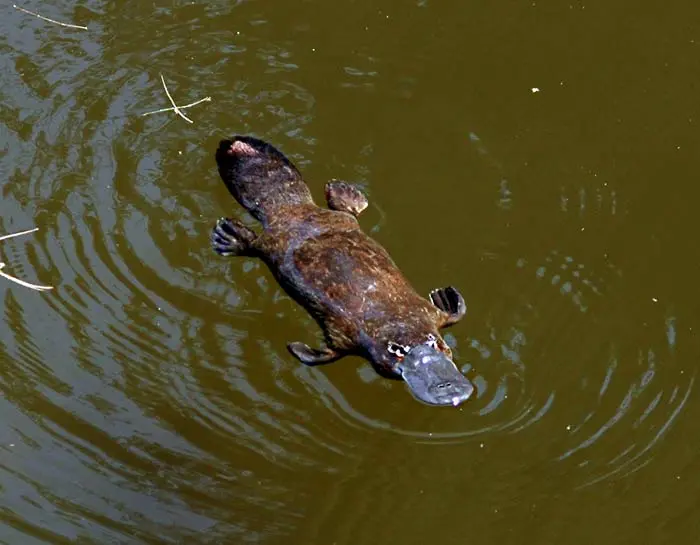
You may remember going to a zoo and looking for a platypus in their enclosure and not being able to find these weird little creatures with dark brown fur, webbed feet, and a rubbery, duck-like bill.
Imagine trying to find them in the wild. Happily, your chances are increased if you head over to the Broken River viewing platform in Queensland’s Eungella National Park.
4. Phillip Island, Victoria
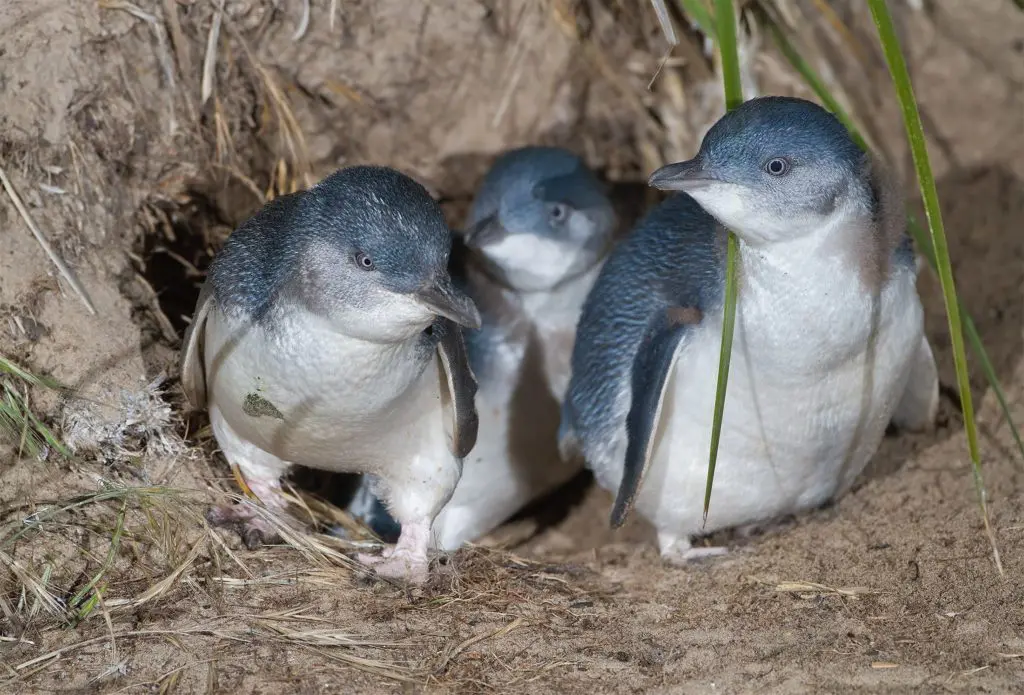
The smallest of the world’s 17 penguin species, fairy penguins stand roughly only 33cm tall.
Head to Phillip Island where you can see these cute little creatures waddling out of the water and scurrying towards the dunes to greet their hungry chicks waiting within the rocky burrows.
5. Mission Beach, Queensland
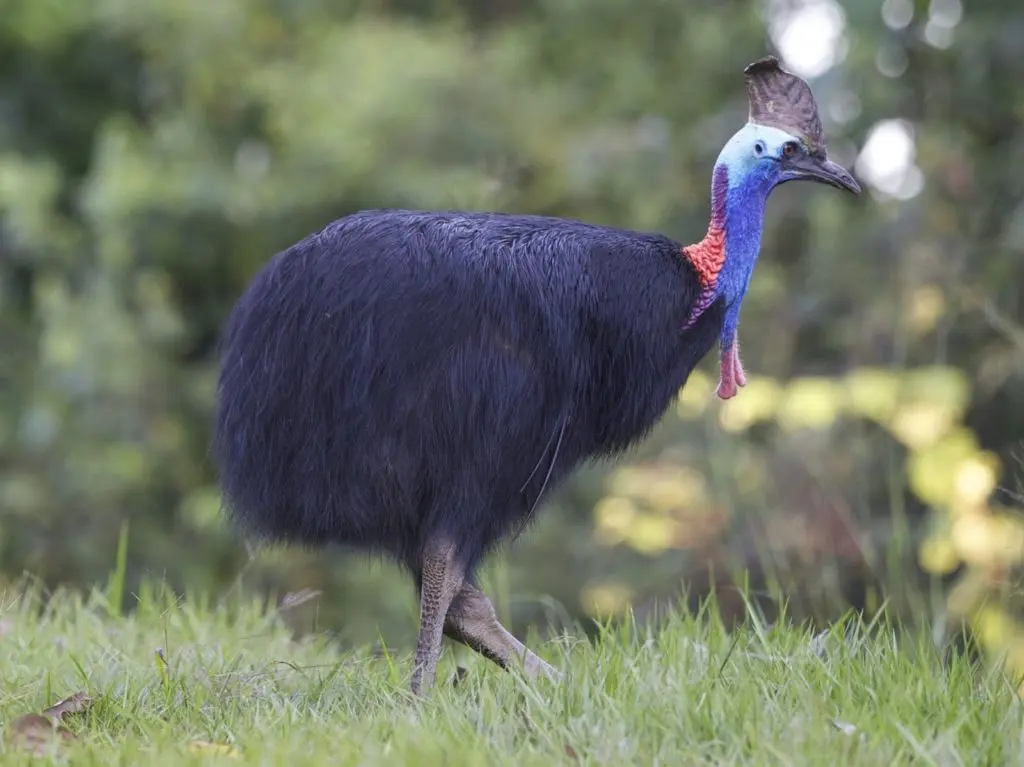
Here’s something with a little edge and a little bit scary. If you notice a human-sized, flightless bird with a brilliant blue head and neck, high brown helmet, drooping red wattles, and long, black feathers, back away slowly.
What you’re encountering is a Cassowary and their claws can cause some serious damage.
6. Rottnest Island, Western Australia

In 1696, Dutchman Willem de Vlamingh named an offshore island Rottnest Island after what he thought was a nest of large rats. In reality, Rottnest is the home of a sweet little marsupial, the quokka.
Rottnest Island supports Australia’s largest quokka population, with anywhere from 4000 to 17,000 living there depending on the availability of food and water.

